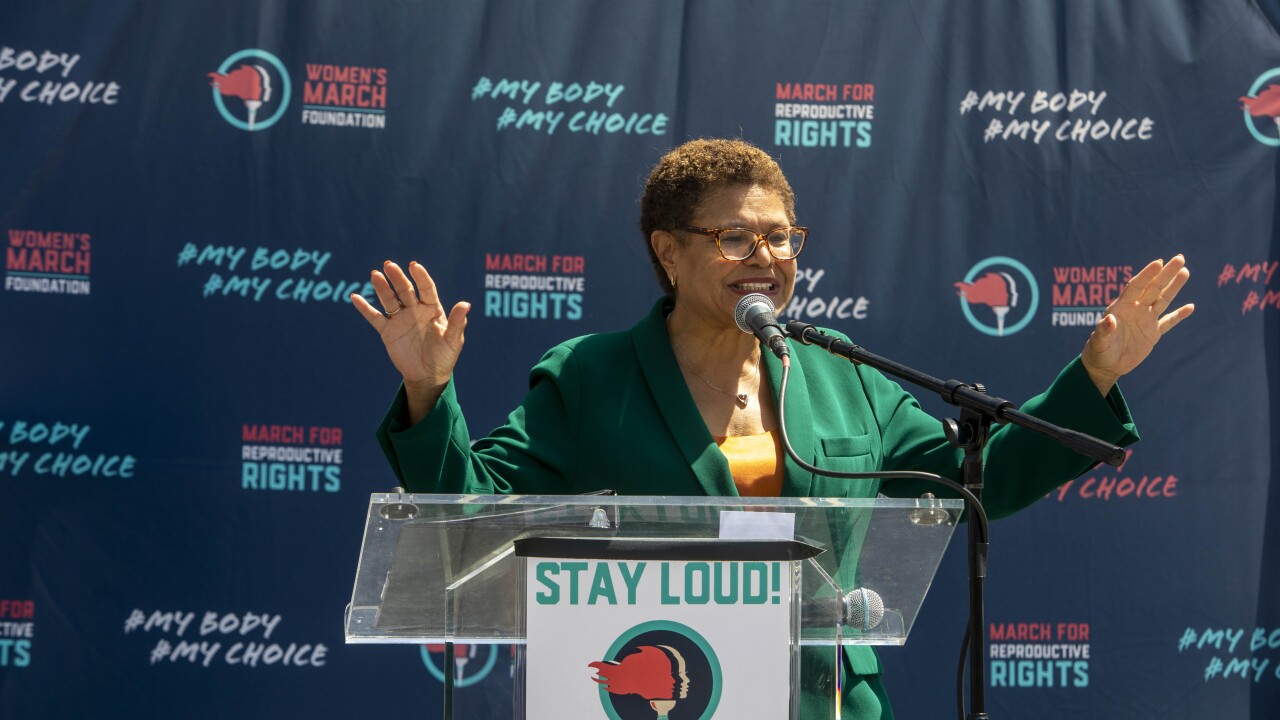CHICAGO — Triple-A rated Indiana, which was hit harder and earlier than many states by the national recession, will likely start to enjoy a revenue rebound the next three years, budget officials said this week.
However, the Hoosier State could still face a structural deficit as high as $500 million in the first year of the upcoming 2012-2013 budget cycle. That’s because spending is expected to total $13.9 billion in 2012, while revenue could remain stuck in pre-recession 2008 levels around $13.4 billion.
“We’ve essentially lost five years of revenue,” budget director Adam Horst told lawmakers Wednesday.
Horst unveiled the latest projections, which lawmakers and Gov. Mitch Daniels will use to craft the new two-year budget starting early next year. He said they indicate the state can avoid cutting the K-12 budget or raising taxes after 2012.
“At best, I think we’re looking at flat-lining most budgets,” Rep. Jeff Espich, Republican chairman of the House Ways and Means Committee, said during the revenue presentation.
Revenues are now projected to climb 6.3% in fiscal 2011 from 2010 — mainly due to projected increases in individual and corporate income taxes — and 3.5% in 2012 over 2011. Economists expect revenue to climb another 4.1% in 2013 from 2012 levels.
The new estimates come after several years of falling revenue for Indiana and most states. State receipts have dropped nearly 15% since 2008.
Indiana saw one of the highest increases in personal income-tax revenue during the third quarter of 2010, according to a recent analysis by the Rockefeller Institute of Government.
As the state with the highest concentration of manufacturing jobs in the country, Indiana has seen a 10% unemployment rate that budget officials said will likely remain the same for the next few years. But recovery in the manufacturing industry means “financial clouds are lifting, slowly,” said Jim Diffley, senior director and chief regional economist for HSI Global Insight, which helps craft Indiana’s revenue projections.
Daniels has ordered several rounds of budget cuts since 2009 and has drained nearly half of the state’s reserves to cover shortfalls. Budget reserves totaled $1.3 billion, or 13% of operating revenue when the state began its 2010-11 budget cycle. The reserves are considered one of Indiana’s top strengths and key to its ability to manage the recession.
Budget officials this week estimated the reserve would total $681 million by the end of fiscal 2011, or just under 5% of operating revenue.
The state saw budget shortfalls of $1.5 billion in fiscal 2009 and $957 million during fiscal 2010.
Personal income taxes and sales taxes, which together account for the bulk of general fund receipts, are expected to continue to rebound for the next few years. Gaming revenues are expected to start to decline in 2011 due to increased out-of-state competition, including from Ohio, which will have three large new casinos up and running by then.
Indiana enjoys a low debt burden, in part because it does not issue general obligation debt. It carries top marks from Moody’s Investors Service and Standard & Poor’s, while Fitch Ratings rates the state AA-plus.
The Indiana public employees’ retirement fund reported a funded ratio of 93% in 2009, but the teachers’ retirement fund — which is divided into two separate pension systems — is underfunded, according to Moody’s. Indiana’s $462 million other-post employment benefits liability is small compared to other states.





